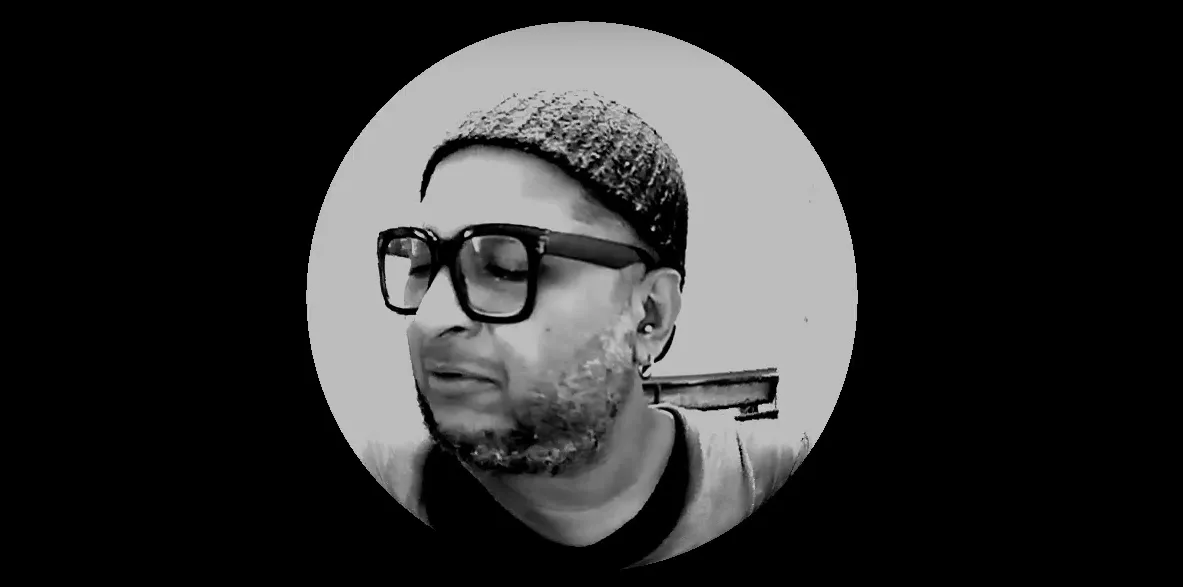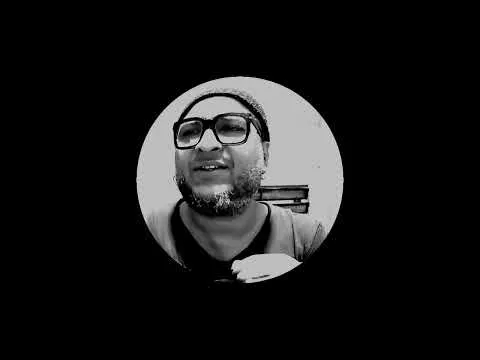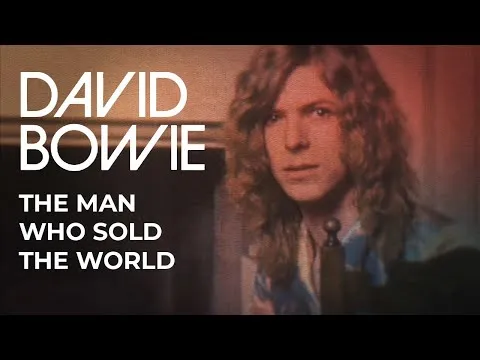“The Man Who Sold the World” es una de esas canciones que nunca se olvidan. La escribió David Bowie, pero también fue reinterpretada de forma icónica por Nirvana. Siempre me pareció fascinante cómo una misma canción puede tener tantas vidas, y decidí darle una más… a mi manera.
No quería hacer una copia ni de Bowie ni de Cobain. Quería tomar esa esencia misteriosa y soñadora de la letra, y llevarla hacia un terreno más oscuro, más íntimo y experimental. Así nació mi versión: algo lo-fi, con toques industriales, casi como si viniera desde otro plano. La imaginé perfecta para el Hive Festival, donde se celebra lo alternativo y lo auténtico.

El proceso de grabación fue muy libre. En lugar de guitarras, utilicé un cuatro venezolano, pero procesado con delays y reverbs profundos, logrando un sonido atmosférico, casi como susurros lejanos. Me gustó la idea de tomar un instrumento tradicional y empujarlo hacia un contexto totalmente distinto.
En las voces fue donde más me metí: grabé varias capas, algunas limpias, otras distorsionadas, buscando una sensación de nostalgia y soledad. Como si la voz hablara desde un recuerdo.
En la producción jugué sin miedo. Corté partes, les apliqué glitches sutiles y automatizaciones que hacían que todo respirara, como si la canción estuviera viva, mutando. No quise que sonara perfecta, sino emocional, atmosférica, un poco rota… como los sueños.
El resultado final me dejó muy satisfecho. No es una versión tradicional, es más bien una reinterpretación personal. Más lenta, más densa, como si alguien sintonizara la canción desde una dimensión paralela. Es mi homenaje a un clásico atemporal, pero también mi forma de hablar de mí, de lo que escucho por dentro.
“The Man Who Sold the World” is one of those songs that never fade. David Bowie wrote it, and then Nirvana gave it new life with their haunting rendition. I’ve always been fascinated by how a single song can have so many versions, so many voices. I wanted to give it one more—mine.
I wasn’t trying to copy Bowie or Cobain. I wanted to take that mysterious, dreamlike essence of the lyrics and bring it into a darker, more intimate, and experimental space. That’s how my version was born: lo-fi, a bit industrial, and full of atmosphere. It felt like the perfect fit for the Hive Festival, where raw and authentic sounds are celebrated.
The recording process was very free. Instead of guitars, I used a cuatro venezolano, processed through heavy delays and deep reverbs. It gave the track a ghostly, whisper-like texture. I loved the contrast—using a traditional folk instrument in an otherworldly context.
Vocals were my favorite part. I recorded several layers—some clean, others distorted—trying to capture a sense of loneliness and distant memory. Like a voice speaking from the edge of a forgotten dream.
Production-wise, I didn’t hold back. I chopped and glitched parts of the track, added automation to let it breathe and shift constantly. I didn’t want it to sound polished—I wanted emotion, texture, and vulnerability. Like a song that’s been through something.
In the end, I’m really proud of how it turned out. It’s not a faithful cover—it’s a personal reimagining. Slower, darker, like it’s being transmitted from a parallel dimension. It’s my way of honoring a timeless classic, while also telling my own story through sound.

